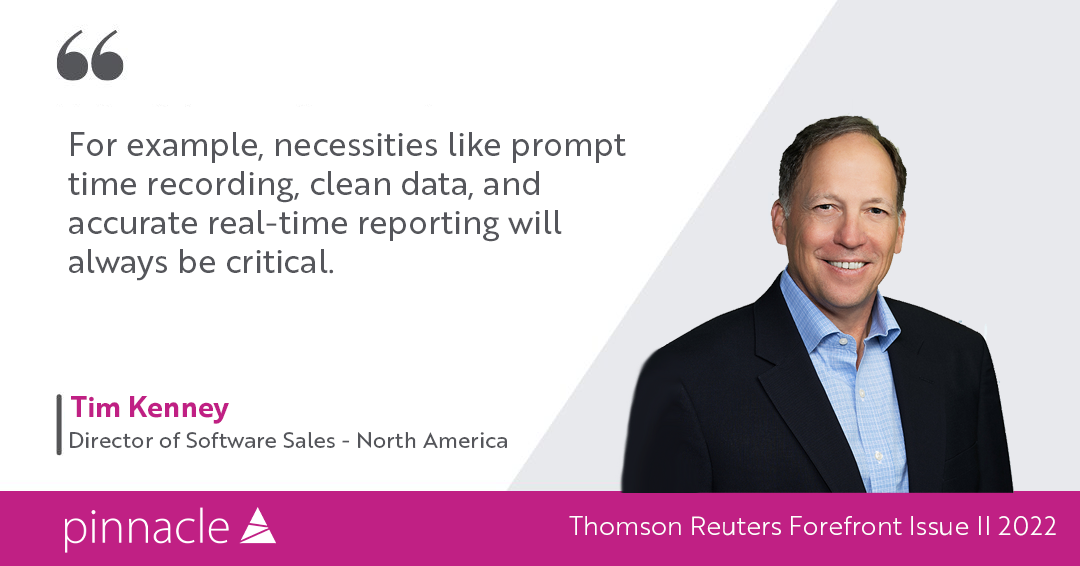
Ask any law firm what profitability means to them, and you are likely to get a different answer. While on paper it may seem that profitability should be easy to define, in practice, it’s anything but simple to nail down.
In fact, this was clear to see at the Law Firm Profitability Summit in Chicago in late April, where many presentations defined profitability differently. None of them were wrong, they just took a different perspective.
Historically, law firms often have looked sideways at what other firms are doing to help them define profitability and make changes to their own environments. But that’s changing.
What’s been evident in our conversations with leaders and from the Chicago conference is that there’s been a real shift. Law firms who are ahead of the curve in their thinking are creating their own independent profitability definitions. The practices probably never suggested that there would be a one size fits all definition, and now the thinking is really catching up to this, led by the firm’s own market, goals, and their unique culture.
It is unquestionable that firms needed this shift in thinking, but however unique those profitability outlooks are, some fundamentals will always hold true. Without getting to these basics and getting them right, even with the higher-level definition being correctly fit for your firm, we’d argue that results won’t follow to the extent that they otherwise could.
How Can Your Law Firm Get to Some Fundamental Profitability Principles?
It’s easier said than done, but at Pinnacle we argue that you need to delve broadly and deeply into the internal landscape across all your departments, including marketing, IT, HR, risk, and the rest.
By doing this, your law firm can have richer conversations which will increase profitability. Opening up to these better conversations will start to help you will discover the fundamental building blocks that contribute to profitability and make addressing those the responsibility of every business department.
What Does This Mean in Practical Terms?
For example, necessities like prompt time recording, clean data, and accurate real-time reporting will always be critical, but often practice suggests that firms ignore the issues related to these or struggle to find a long-term solution for them. This creates a problem bigger than their individual selves because data, time entries, and reports inherently build on and feed into one another.
It leads to a leaking bucket situation and therefore a barrier to a law firm’s ability to correctly define what profitability means to them in real time.
The key to being on the ball is having good data tell the right stories.
First, you need to capture the data points you care about—one of the most important of which is time. Being a business that sells hours, law firms cannot afford lax time-entry habits because it fundamentally changes the end calculations for any profitability model.
Once you are looking at all the right data, you have to ensure that it is current, consistent, and complete. By nature, your work with data quality is never complete because data changes over time and new information points are added by the second.
Having accurate and informative visual intelligence builds on your existing data and sturdy integrations. Issues with either of those can lead to business intelligence being misleading for critical decisions.
These fundamentals can be difficult for law firms to meet, especially when systems have been in place for years, but it’s something that as a business we are interested to help resolve. We know the value law firms can gain from having their house in order; having addressed some of these fundamentals, we’ve helped firms get significant results. In one case, doing this allowed us to identify a whole 40% of businesses that our client was pursuing that were actually not profitable.
When looking for a meaningful, long-term increase in profitability the biggest opportunity for law firms lies in revisiting some profitability fundamentals across every department.
__________________
This article first appeared in TR Forefront Issue II in June 2022. Read it here>>
